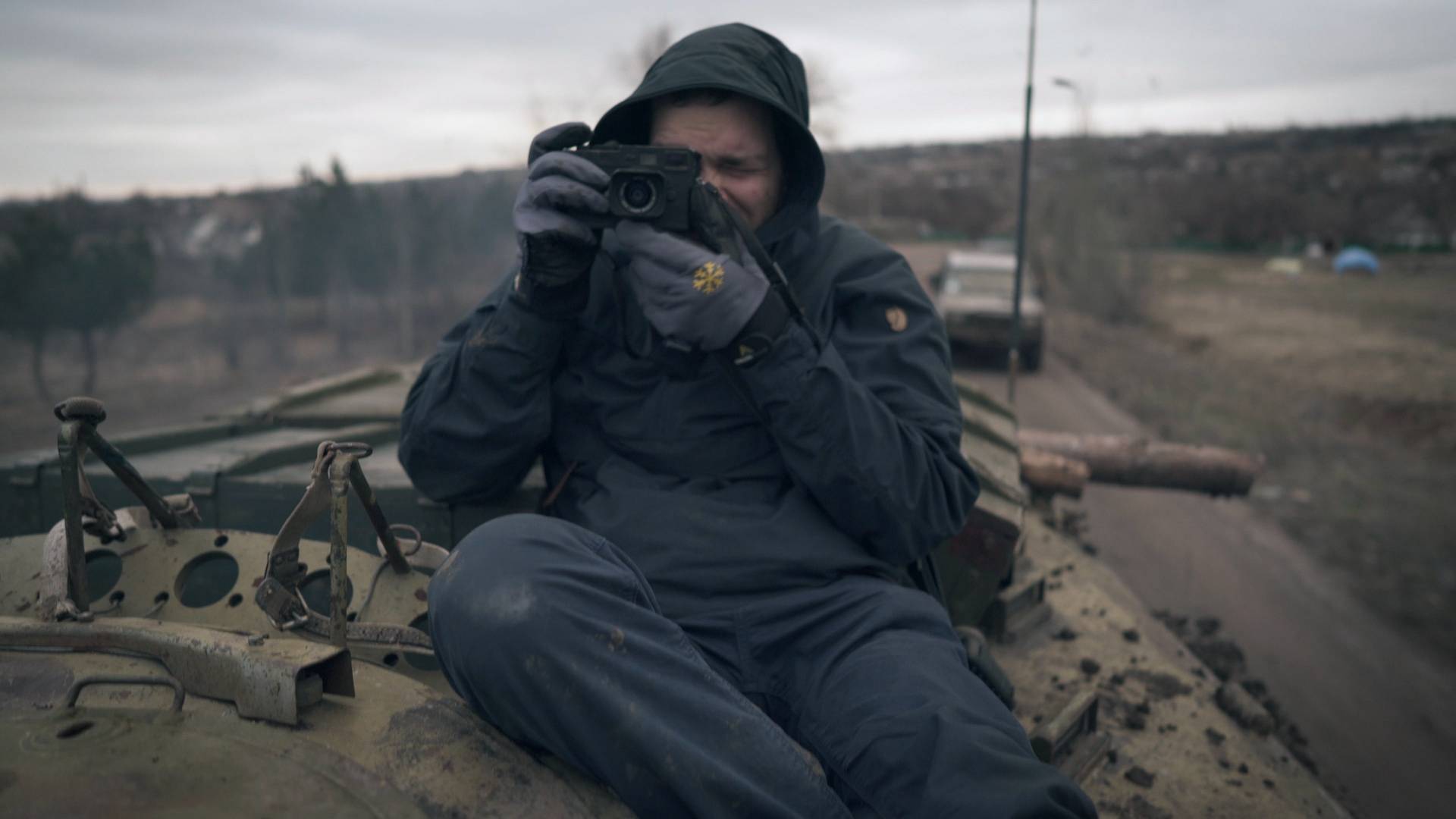The war in Ukraine, now in its sixth month, has been intensively covered and exhaustively analyzed by the world’s media. Also, thousands of raw images from the conflict have appeared on social media.
Slovakian photographer and documentary filmmaker Juraj Mravec Jr. was early on the scene, gathering firsthand stories from both combatants and victims in his 2016 documentary “Peace to You All,” which covers the conflict in Ukraine’s eastern Donbas region that broke out in the wake of the 2014 Euro-Maidan Revolution. In Mravec’s film, which opens at the Eurospace cinema in Shibuya on Aug. 6., his interviewees emerge as distinct individuals, expressing a range of opinions and emotions, from anger to anguish.
During a video interview with The Japan Times in May, Mravec says he initially had larger ambitions than documenting the conflict between Russian-backed separatists and the Ukrainian military in the Donbas.



















With your current subscription plan you can comment on stories. However, before writing your first comment, please create a display name in the Profile section of your subscriber account page.